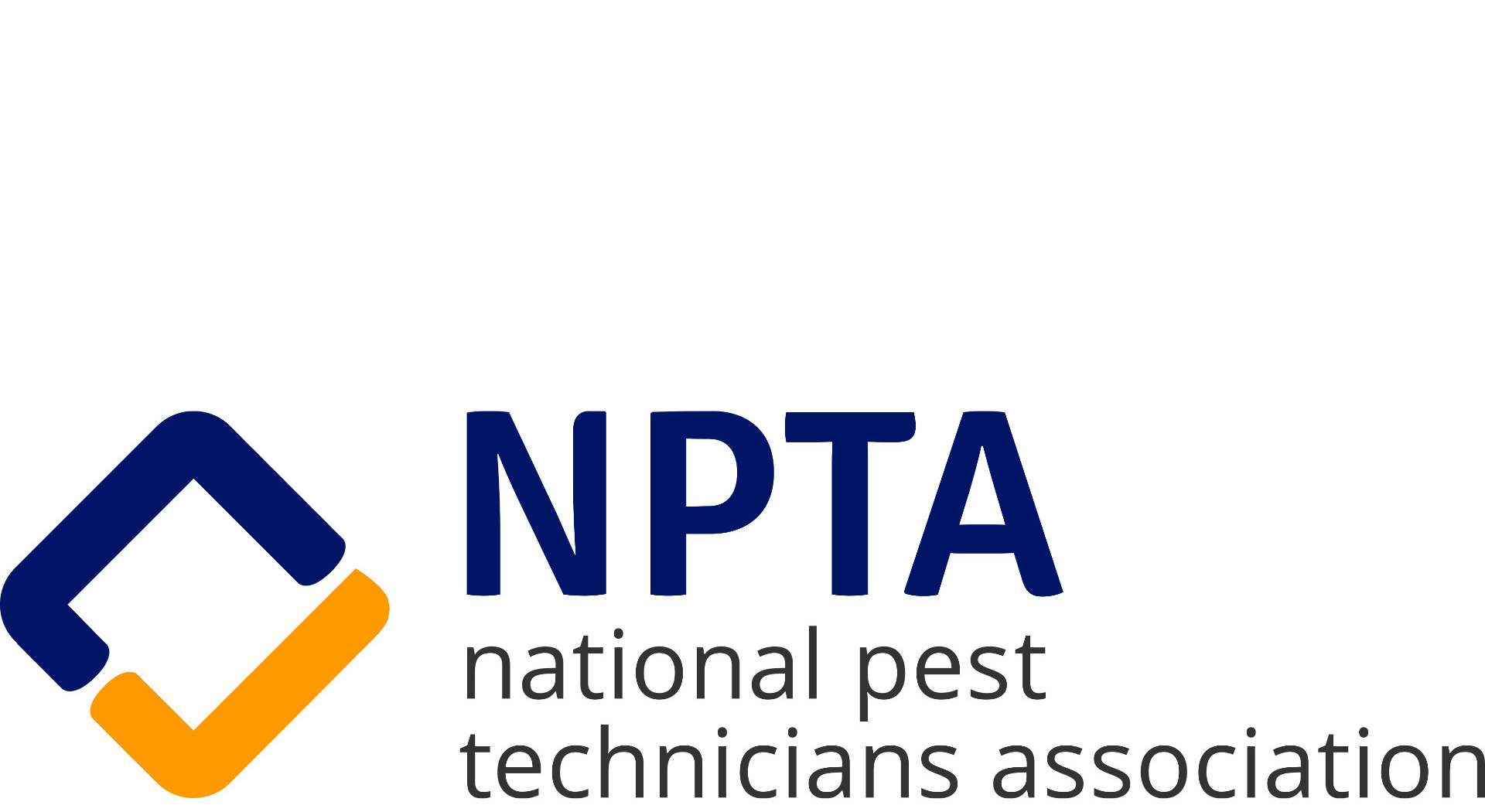Maidenhead Pest Control: we are experts in bird control: price is on application of treatment - please phone for a quote - 01628 30 20 48
Got a problem with pigeons in Basingstoke or Hook? We have the solution!
The feral pigeon has a well-deserved reputation as a pest and when they take up residence on your property, they quickly become a nuisance and they also become a health hazard for you, your employees and members of the public, the installation of the correct bird deterrent will solve the problem of pigeons roosting for good.
Here at Maidenhead Pest Control we are local experts in all aspects of pest control and with our knowledge and experience in providing pigeon solutions we can help you get rid of your unwanted guests.
Got a problem with pigeons in Basingstoke and Hook, understanding Pigeon Identification and Behaviour
Feral pigeons are now a common sight in both larger towns like Basingstoke and smaller ones such as Hook, these birds have a very persistent nature with the ability to take advantage of any fault or protected area to start nesting in.
Pigeons are large birds with a short, wide neck that tapers to a small head. Pigeons have short powerful legs with toes that are level at the front and rear; this means that they are ably equipped for both perching and walking on flat surfaces.
Feral pigeon colouring is generally a blue grey colour although there are many piebald patterns exist as wild birds will mate with white doves and escaped fancy varieties from time to time. The pigeon has a white rump along with a band of iridescent feathers on the head and neck.
Pigeon nesting
A pigeon nest is a quite simple construction that consists of just a few stiff twigs and other pieces of debris that are all stuck together with bird droppings, they will continue to reuse these nests, adding some more material with each brood. Pigeon nests will become a problem in a short period of time as the material blocks up rainwater runoff systems leading to flooding and internal water ingress.
The male pigeon picks out the nest site and in general they prefer small flat areas away from the ground, they are capable of breeding all through the year and so they seek out places that give them overhead cover with protection from adverse weather and predators.
For us this means that many of our buildings are desirable as nesting sites for the birds, ideal nesting sites are sheltered ledges, on bridge supports and metal cross beams, the space beneath roof top air conditioning units, deep recessed windowsills, and anywhere else where there is some form of overhead cover is created by the buildings design.
As the pigeon population rises so does competition for the best nesting sites, in this situation pigeons often abandon nest building and lay their eggs directly onto a flat surface, usually on quiet residential balconies.
Pigeon breeding
Pigeons are monogamous and will mate for life, they form a strong bond together and make dedicated parents, in a typical situation they will have three or four broods over the course of a year.
However, one problem with pigeons is that when given a quiet, protected nesting site, along with a good supply of food they can lay eggs all year long, raising around ten broods throughout the year, so the population is booming.
A pigeon egg is spherical in shape finished with a solid bright white colour, the eggs take roughly 18 days for the young to hatch with another 35 days for the birds to fledge, at this time the juvenile pigeons will leave the nest whilst the breeding pair will lay another batch of eggs.
The juveniles will hang around until they pair up and form their own breeding couple.
Pigeon behaviour
Pigeons are not a migratory species of bird and with a close bond to each other, their natural instinct is to stay close to their birth site, this gives the pigeons a very determined personality when it comes to staying in the roosting site.
Pigeons are difficult to dislodge, and this is where the correct deterrent much be employed, failure to use the correct method will have no effect on the birds.
Feral pigeons are social birds and openly seek the company of others, where one bird rests, other birds will quickly turn up and form a group, resting, preening and feeding are all social activities.
Pigeons have a wide vocabulary, cooing and grunting noises along with slapping of wings being the predominate sounds in a pigeon roost.
As they tend to form small, social flocks this noise can become distracting and for homeowners considerably so as this goes on from sunrise to sunset.



Professional bird netting solutions in Basingstoke and Hook – say goodbye to pigeons for good
The feral pigeon population in the Basingstoke area is continually rising due to a unique set of behavioural traits that the birds have, unlike other species of bird that lay their eggs and rear their young in a defined breeding season, pigeons breed all year long.
Pigeons keep their young in the nest until their flight feathers are fully formed, more of the young pigeons survive to adulthood than other birds.
Feral pigeons are known as flying rats and just like the rat, they are scavengers that can eat just about anything. Food is broken down inside the birds crop where it is turned into a thick, protein rich milk, this milk is fed to their young meaning that the birds are able to breed when they want.
If you have a flock of pigeons in residence on your building, even if they are just resting, they will become a permanent presence especially if the design offers overhead protection.
In situations like this, the most effective way to deter the birds from returning is through the installation of bird netting which seals off the area in which the birds were living.
When we install bird netting onto a building, it provides an almost invisible, physical barrier that prevents the birds from flying into the nesting site.
No birds will be harmed or killed during the installation process, but without access to the roost they have no reason to remain, meaning that they will soon move off onto another building.
Why is bird netting such an effective deterrent?
Feral pigeons are very intelligent birds and there is a widespread lack of understanding of pigeon management that fails to understand the simple guide to ensuring bird control.
When pigeons move onto an area this is termed as pressure, if the birds are merely resting and there is no lasting attachment to the site this is light pressure and so deterring the birds from visiting will be straightforward.
At the opposite end of the scale, where pigeons have been in situ for a long period of time, and where they have started nesting then this is a high-pressure situation and the birds will be difficult to move on as there is a strong attachment to the building.
We often see the incorrect bird deterrent that has been used in the wrong area, when delivering a bird control solution, an understanding of pressure is the key: light pressure where birds are just resting, medium pressure where they will roost for long periods and then heavy pressure where they are nesting.
We often see buildings where bird spikes have been installed in high pressure areas which is an area that is totally unsuitable for their use, the result of using spikes in this manner means that the pigeon problem is not being managed effectively and will get worse.
How intelligent are these birds? The pigeons will bring in twigs and other debris and then drop this material into the open crown of the newly installed spikes quickly building up a firm base on which to begin building a new nest.
Through the incorrect introduction of bird spikes, where there weren’t nesting sites, now many opportunities for nesting have been created which the pigeons will happily use and therefor the problem will worsen.
The installation of bird netting is the best way to prevent pigeons from nesting on your property because of the total exclusion offered from the netting, a correctly fitted bird net has absolutely no percentage of failure and so offers the ultimate pigeon solution.
Where can pigeon netting be erected?
The answer to that is we can install bird nets just about anywhere, with a wide range of perimeter fixings available to us, we can create a metal wire frame of any size or shape which the net is attached to.
These nets are pulled tight to prevent birds from striking the surface and becoming entangled and we can cover any size area.
We have options of using free standing supports that can provide a frame se we can cover areas on flat rooftops without the need for drilling, but usually we see the demand for nets on certain features such as the the open faces of domestic balconies.
Other common installations of bird netting includes the undersides of vehicle loading bays where the birds will rest on the metal supports, from here they defecate onto the vehicles and floor below creating a hazardous working environment. We also cover roof top air conditioning equipment as these sites offer the birds numerous opportunities for nesting.
There are different colours of netting available: black, clear and stone, we can cover the entire face of a building, preventing the birds from sitting on decorative features and window ledges.
This is particularly useful on older buildings where pigeon guano causes a great deal of damage to the building fabric and bird spiking has failed.
Do pigeons cause damage to a building?
Yes, and the biggest problem resulting from having a flock of pigeons on your building is the amount and type of waste material produced by the birds, each adult pigeon deposits a kilogram of guano each month and this waste matter soon leads to a health and safety nightmare for building managers.
Another problem with pigeon guano is the high levels of acid contained in the waste; pigeon poo has the same level of acid as that found in a lemon, meaning that this waste matter is effectively eating away at the structure all the time.
This acid works by leeching out salts and minerals from stone and concrete causing the surface to become powdery and porous, water enters through tiny fissures and when it freezes the surface cracks open.
Paintwork and metal corrode under the layer of pigeon muck and any woodwork soon rots under the damp mass.
Having a flock of pigeons on your building is going to lead to increasing maintenance costs and these will rise the longer the birds are in residence.
Damage is one thing; however pigeon guano is extremely toxic and contains some harmful bacteria, viruses, and fungi meaning that your workforce or the residents in a block of flats can be exposed to pathogens increasing risks and potentially costs.
If you have a problem with pigeons in Bracknell or in the Ascot area we can help.
A professionally installed bird net from Maidenhead Pest Control will last for ten years and we guarantee all our installations if the net isn’t cut by contractors. To avoid problems like this we can build in, access into the void area with the use of zips and create ‘doors’ to allow entry, this is particularly useful when covering roof top machinery.
When installed, a bird net will go on working, keeping pigeons off your building, day after day for many years and we have over 19 years’ experience in general pest control and providing bird control services throughout Hampshire, Berkshire and parts of West London, our technicians are fully trained, and they hold IPAF qualifications to hire and use hydraulic access equipment for safe access to difficult to reach areas.
If you want a no obligation quote for pigeon control in Basingstoke or Hook then get in touch with us. Our site surveys are free, and we can talk you through the problem and the correct solution.
Professional pigeon control across Hampshire and Berkshire from a local company
Pigeon control in Basinstoke

Pigeon control in Hook

Pigeon control in Newbury

Pigeon control in Reading

Pigeon control in Bracknell

Pigeon control in Slough

Pigeon control in Maidenhead















